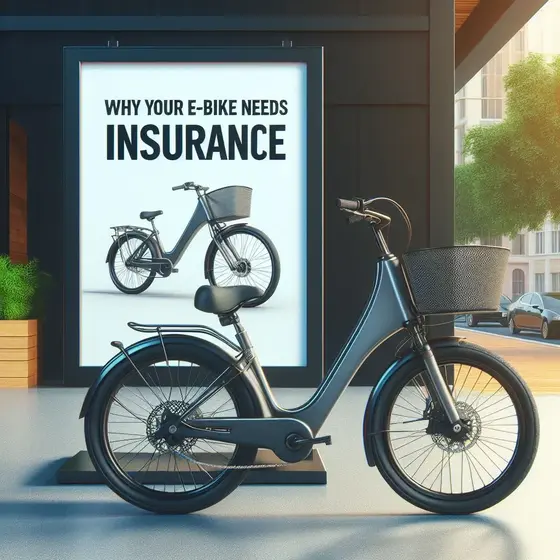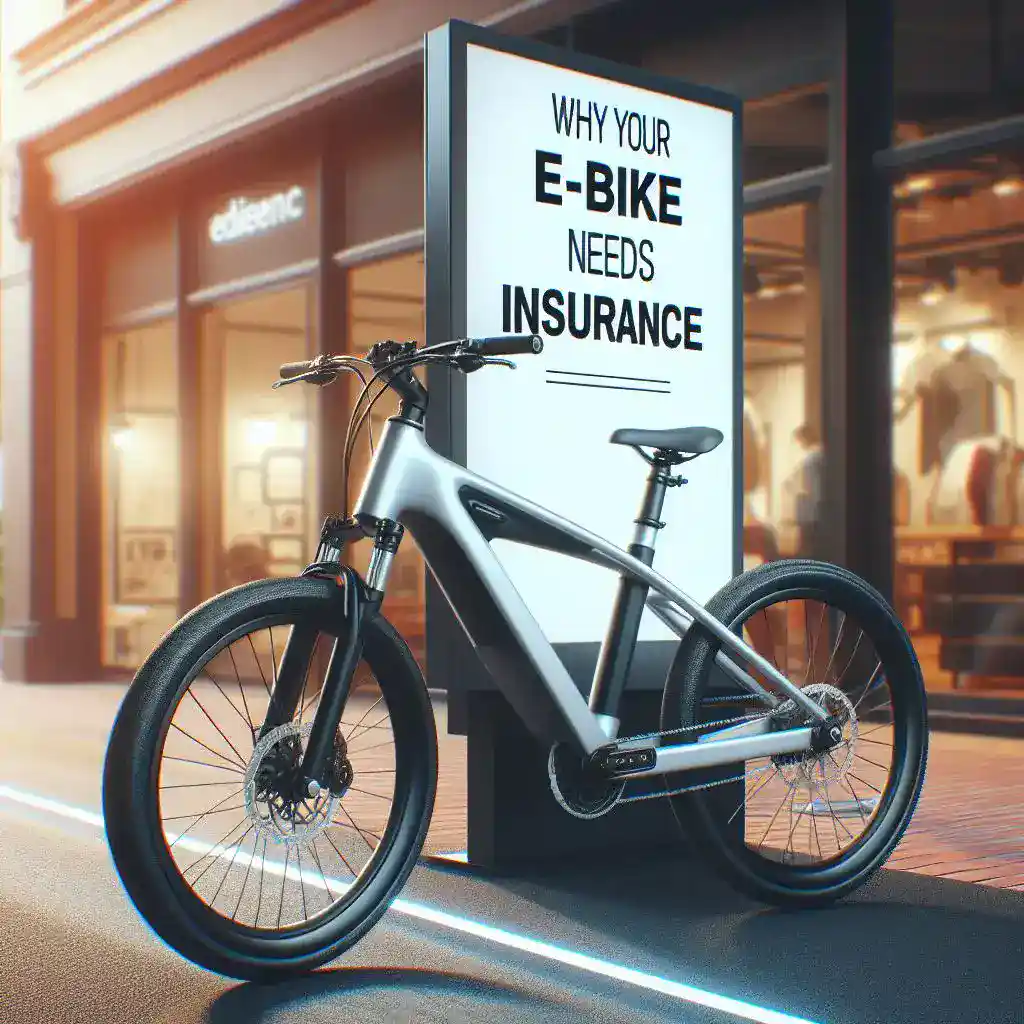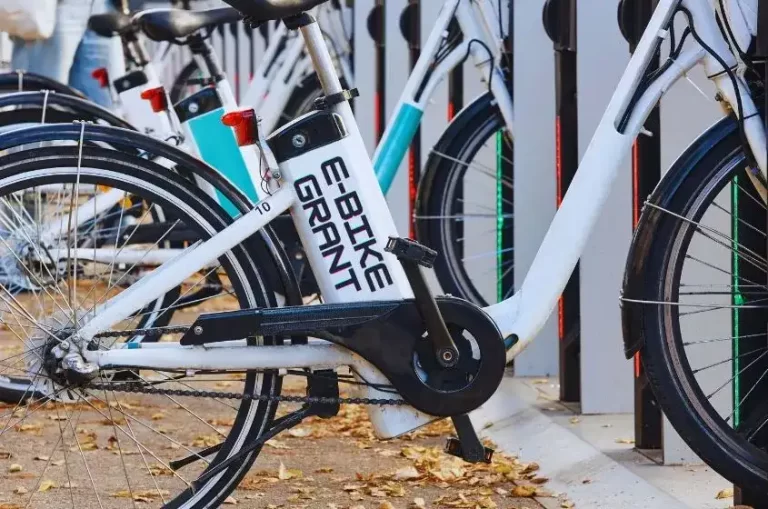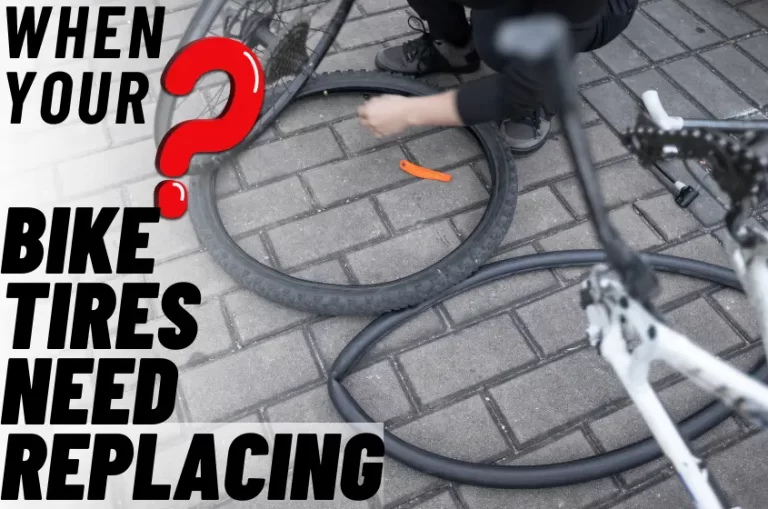Does Ebike need Insurance in 2024
An ebike, or electric bike, is a bicycle that has an electric motor that assists the rider’s pedaling. Electric bikes can vary in their design, power, and speed, but they are generally classified into three types: pedal-assist, throttle, and speed-pedelec. Ebikes differ from regular bikes in that they require less physical effort and can travel faster and farther.
Ebikes have many benefits, such as improving health, saving money, reducing emissions, and enhancing mobility. However, ebikes also face some challenges, such as high cost, battery issues, safety concerns, and legal uncertainties. Therefore, ebike owners and users need to consider whether they need insurance to protect themselves and their bikes from potential risks and liabilities.
This article will answer the question: does ebike need insurance? It will discuss the legal requirements, risks and liabilities, and coverage and options of ebike insurance, and provide recommendations and suggestions for ebike owners and users. The main argument of this article is that ebike insurance is not mandatory, but highly recommended, as it can offer financial security, peace of mind, and legal compliance for ebike owners and users.

What is the legal status of ebikes in USA, UK, Canada
The legal status of ebikes varies by country and region, and affects the need for ebike insurance. In the UK, ebikes consider regular bikes if they meet certain criteria, such as having a maximum power output of 250 watts and a maximum assisted speed of 15.5 mph. Therefore, ebike insurance is not legally required, but optional and recommended for protection against theft, damage, and liability.
In the USA, electric bikes are regulated at both the federal and state levels, and are classified into three classes based on their speed and power. Class 1 and 2 e-bikes treat as regular bikes and do not need insurance, while Class 3 ebikes may require a license, registration, and insurance depending on the state.
In Canada, ebikes are defined as power-assisted bicycles if they have a maximum power output of 500 watts and a maximum speed of 20 mph. Ebike insurance is not mandatory, but optional and advisable for coverage against theft, damage, and liability. However, some provinces and municipalities may have additional rules and restrictions for ebikes, such as minimum age, helmet type, and road access. Some examples of cases where ebike insurance is mandatory, optional, or not available are:
Risks and liabilities: Why e-bike insurance is Important
Potential risks and liabilities of riding an ebike
Riding an electric bike can expose the owners and users to various risks and liabilities, such as theft, damage, accidents, injuries, and even death.
These risks and liabilities can result in significant costs and consequences for the ebike owners and users, such as financial losses, medical expenses, legal fees, and emotional distress.
Therefore, ebike insurance can be a valuable investment to protect or compensate the ebike owners and users from these potential losses.
Studies related to Risks (costs and consequences of ebike theft, damage, accidents, injuries)
According to a report by the U.S. Consumer Product Safety Commission (CPSC), injuries associated with all micromobility devices increased nearly 21.1% in 2022 from 2023. The most common injuries were fractures, contusions, abrasions, and head and neck injuries. The report also found that there were 254 deaths associated with micromobility devices from 2017 to 2023. The main causes of death were collisions with motor vehicles and user-control issues. These injuries and deaths can incur high medical bills, disability, and reduced quality of life for the ebike owners and users.
Another risk associated with ebikes is theft. Ebikes are often more expensive than regular bikes, and therefore more attractive to thieves. According to a survey by Electric Bike Report, 26% of ebike owners have experienced theft or attempted theft of their ebikes. The average cost of replacing a stolen ebike was $1,893, and only 9.1% of the respondents had ebike insurance.
A third risk associated with electric bikes is damage. Ebikes can be damaged by accidents, vandalism, fire, or natural disasters. The repair costs can vary depending on the extent and type of damage, but they can be substantial, especially for the battery and motor components.
Additionally, some ebike warranties may not cover accidental or malicious damage, or may have exclusions and limitations.
How Ebike Insurance in 2024 mitigate these risks
Ebike insurance can help to mitigate these risks and liabilities by providing coverage for theft, damage, accidents, injuries, and death. Depending on the policy and provider, ebike insurance can offer different types and levels of coverage, such as collision, theft, liability, medical, and roadside assistance. Some examples of scenarios where ebike insurance can protect or compensate the ebike owners and users are:
Theft:
If your electric bike is stolen from your home or away from your home, ebike insurance can reimburse you for the value of your ebike, minus the deductible. For example, Spoke Insurance offers theft coverage up to $10,000, with a $100 deductible.
Damage:
Ebike insurance covers the costs of repairing or replacing your ebike if it sustains damage from an accident, vandalism, fire, or natural disaster, minus the deductible. For example, Velosurance offers damage coverage up to the agreed value of your ebike, with no depreciation, and a deductible of 5% of the value.
Accidents:
Suppose you are involved in an accident with another vehicle, pedestrian, or cyclist. In that case, ebike insurance can cover your liability for any bodily injury or property damage you cause to others, up to the policy limit. For example, McClain Insurance offers liability coverage up to $300,000 per occurrence.
Injuries:
If you are injured by an accident while riding your ebike, ebike insurance can cover your medical expenses, up to the policy limit. For example, Sundays Insurance offers medical coverage up to $10,000 per person.
Death:
If you die as a result of an accident while riding your ebike, ebike insurance can pay a death benefit to your beneficiaries, up to the policy limit. For example, Progressive offers a death benefit of $25,000 per person.
These are some of the ways that ebike insurance can protect or compensate the ebike owners and users from the risks and liabilities of riding an ebike. However, ebike insurance may not cover all situations, and may have exclusions and limitations that apply. Therefore, it is important to read the policy carefully and understand what is covered and what is not.

Describe the types and levels of coverage that ebike insurance can offer
Ebike insurance can offer different types and levels of coverage, depending on the policy and provider. Some of the common types of coverage are:
The levels of coverage vary by the policy limit, which is the maximum amount the insurance company will pay for a covered claim, and the deductible, which is the amount you have to pay out of pocket before the insurance company pays the rest. Generally, the higher the policy limit and the lower the deductible, the more expensive the premium will be.
Comparison Options and Features of different electric bike insurance providers and policies
There are many options and features of different ebike insurance providers and policies, and they can be compared and contrasted based on several factors, such as:
Price:
This is the amount you have to pay for the insurance policy, either monthly or annually. You should compare the price of different policies based on the coverage, limit, and deductible you need, and look for discounts or savings that may apply, such as multi-bike, safe rider, or membership discounts.
Customer service:
This is the quality and availability of the support and assistance you can get from the insurance company, either online, by phone, or in person. You should look for a company that has a good reputation, a high customer satisfaction rating, and a fast and easy claim process.
Coverage area:
This is the geographic location where your ebike insurance is valid and effective. You should look for a policy that covers your ebike anywhere in the world, or at least in the countries or regions where you plan to ride your ebike.
Exclusions and limitations:
These are the situations or conditions where your ebike insurance does not cover your loss or liability, or where your coverage is reduced or restricted. You should read the policy carefully and understand what is covered and what is not, and avoid any actions or behaviors that may void your coverage.
Benefits and drawbacks of various ebike insurance plans and packages
| Velosurance | Spoke Insurance | McClain Insurance | Sundays Insurance | Progressive Insurance |
|---|---|---|---|---|
| Comprehensive coverage, robust policy options, and unique features characterize this standout ebike insurance provider, making it one of the best in the market. | Spoke Insurance is best affordable ebike insurance providers, as it offers flexible coverage options, low deductibles, and a 30-day money-back guarantee. | McClain Insurance: This is one of the best ebike insurance providers for high coverage limits, as it offers liability coverage up to $300,000 per occurrence, which is higher than most other providers. | Sundays Insurance is the best ebike insurance providers for international travelers, as it offers worldwide coverage and a 14-day free trial. | Considered among the top-tier ebike insurance providers for bundling, as it allows you to combine your ebike insurance with other policies, such as home, auto, or motorcycle insurance, and offers discounts for multiple bikes and safe riders. |
| Benefits wide variety of coverages, including some specialized policies; discounts available for membership organizations; nationwide repair shop network; insured at full value; and worldwide coverage. | The Benefits Theft coverage up to $10,000, with a $100 deductible. Damage coverage up to $10,000, with a $100 deductible. Liability coverage up to $100,000 per occurrence. And medical coverage up to $10,000 per person. | Benefits collision coverage up to the agreed value of your ebike, with no depreciation. Theft coverage up to the agreed value of your ebike, with no depreciation. And medical coverage up to $25,000 per person. | benefits collision coverage up to the agreed value of your ebike, with no depreciation Theft coverage up to the agreed value of your ebike, with no depreciation Liability coverage up to $100,000 per occurrence. Medical coverage up to $10,000 per person; and roadside assistance up to $100 per occurrence. | Benefits are collision coverage up to the actual cash value of your ebike, minus the deductible Theft coverage up to the actual cash value of your ebike, minus the deductible. Liability coverage up to $25,000 per person and $50,000 per occurrence. Medical coverage up to $25,000 per person; and death benefit of $25,000 per person. |
| Some of the drawbacks are: can’t get an instant quote online; no information about pricing or deductibles on the website; and not available in every state. | drawbacks are no collision coverage, no roadside assistance, and no worldwide coverage. | the drawbacks are: no roadside assistance; no worldwide coverage; and no information about pricing or deductibles on the website. | the drawbacks are: no information about pricing or deductibles on the website; and no discounts or savings available. | Some of the drawbacks are: no roadside assistance; no worldwide coverage; and depreciation may apply |
Conclusion
In conclusion, ebike insurance is not mandatory, but highly recommended, as it can offer financial security, peace of mind, and legal compliance for ebike owners and users. Ebike insurance can help to mitigate the risks and liabilities of riding an ebike, and provide coverage for theft, damage, accidents, injuries, and death. Ebike owners and users should compare and contrast the features, benefits, and costs of different policies before choosing the one that suits their needs and budget.






